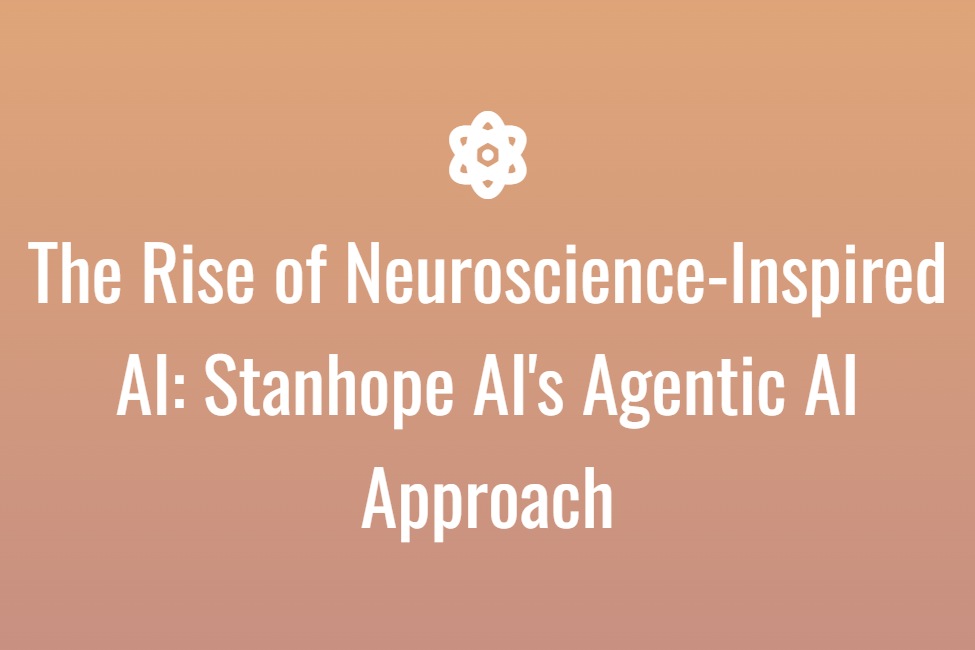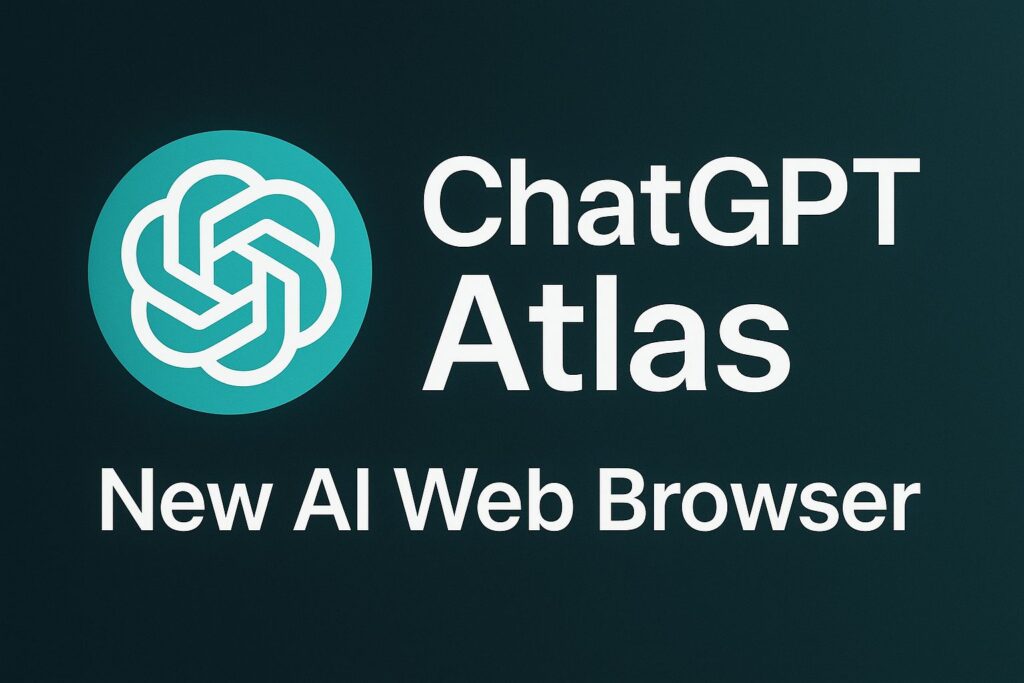In the ever-evolving landscape of artificial intelligence, a new frontier is emerging – one that draws inspiration from the very essence of human intelligence itself: neuroscience. At the forefront of this innovative approach stands Stanhope AI, a spin-out from University College London, that has recently raised £2.3 million for its groundbreaking “agentic AI” technology.

Agentic AI – Decoding the Brain’s Predictive Machinery
At the core of Stanhope AI’s model lies a fundamental theory: the human brain is a continuous prediction machine, constantly updating its understanding of the world based on real-time sensory data. This principle, known as “active inference,” is a cornerstone of the Free Energy Theory developed by Stanhope AI’s co-founder, Professor Karl Friston.
Inspired by the hierarchical nature of the brain, Stanhope AI has created a multi-layered “neural” architecture for its AI. Just as our senses feed information to the brain, the AI’s sensors – cameras and LiDAR – provide visual input to the model’s lower layers. These layers then engage in predictive processing, much like our brains anticipate and fill in gaps to conserve energy.
Autonomous Decision-Making without Extensive Training
One of the most remarkable aspects of Stanhope AI’s approach is its ability to function without the need for massive training datasets. Unlike traditional machine learning models that rely heavily on pre-existing data, Stanhope AI’s models are equipped with a “generative model” – a set of consistent priors that guide their understanding of the world.
“We don’t train [our model],” explains co-founder and CEO, Professor Rosalyn Moran. “The heavy lifting is done in establishing the generative model, and making sure that it is correct and has consistent priors with where you might want it to operate.”
This innovative approach not only streamlines the development process but also reduces the risk of “hallucinations” – erroneous outputs that can arise from incomplete or biased training data.
Real-World Applications: Autonomous Drones and Robots
While the theoretical underpinnings of Stanhope AI’s technology are fascinating, the true power of their approach lies in its real-world applications. The company’s “Active Inference Models” are designed to operate on autonomous machines, such as delivery drones and robots, enabling them to navigate and make decisions independently based on their evol understanding of their surroundings.
Stanhope AI has already begun testing its technology in collaboration with partners like Germany’s Federal Agency for Disruptive Innovation and the Royal Navy, demonstrating the potential of its agentic AI in various scenarios.
Explainable AI and the Future of Autonomy
One of the key advantages of Stanhope AI’s approach is its commitment to “explainable AI.” By ensuring that their models operate transparently and in accordance with well-defined principles, the company aims to foster trust and accountability in the field of autonomous systems.
“If the AI, or the drone, does something strange, then we really drill down on what it believed there, why it did what it did,” explains Moran. “So it’s a very different way of developing AI.”
As the field of artificial intelligence continues to advance, Stanhope AI’s neuroscience-inspired agentic approach represents a promising new frontier – one that combines the principles of human intelligence with the power of cutting-edge technology. By bridging the gap between the natural and the artificial, Stanhope AI is paving the way for a future where autonomous systems can truly understand and adapt to the world around them.
NeuroscienceInspiredAI, #ActiveInference, #AgenticAI, #AutonomousSystems, #ExplainableAI, #DecisionMaking, #RealTimeAdaptation, #DeepTech, #InnovativeTechnology, #FutureOfAI
Discover more from TechResider Submit AI Tool
Subscribe to get the latest posts sent to your email.







